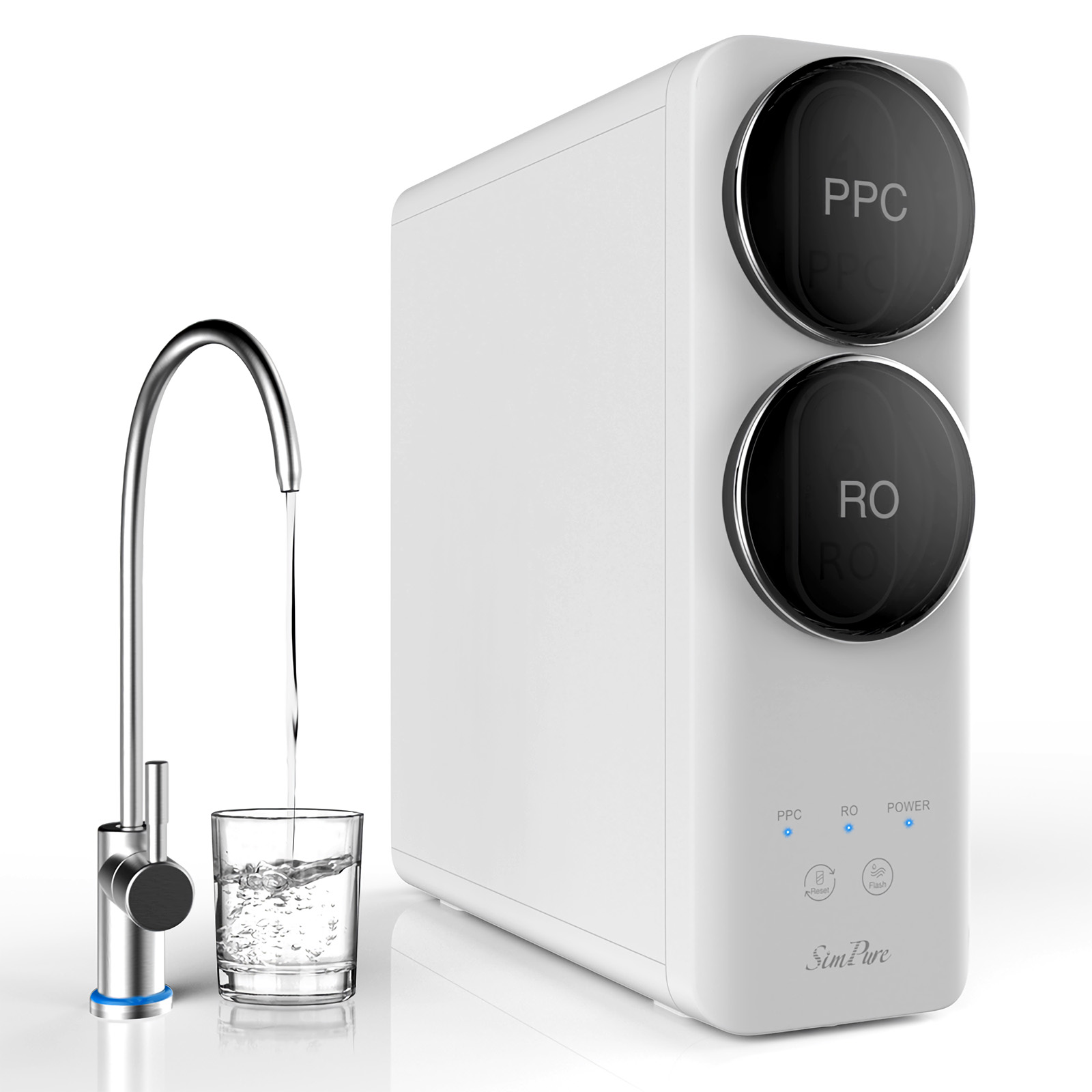Lead is a toxic metal that can cause a variety of health problems, including developmental delays, learning disabilities, and neurological damage. Children are especially vulnerable to the effects of lead exposure.
Lead can contaminate tap water in a number of ways, including:
- Lead pipes. Lead pipes were used in plumbing systems for many years, and they can still be found in some older homes and municipalities.
- Lead solder. Lead solder was used to join pipes together, and it can also leach into the water.
- Lead-based paint. Lead-based paint was banned in the United States in 1978, but it is still present in many older homes. If lead-based paint is disturbed, it can release lead dust into the air and water.
If you are concerned about lead in your tap water, there are a number of things you can do to reduce your exposure, including:
- Install a point-of-use (POU) filter. POU filters are installed directly on the faucet or under the sink, and they remove lead and other contaminants from the water as it flows through the filter. There are a variety of POU filters available, so it is important to choose one that is certified by an independent organization, such as the National Sanitation Foundation (NSF), to remove lead. Reverse Osmosis filters are the most effective and foolproof way to mitigate lead.
- Install a whole-house filter. Whole-house filters are installed at the main water line, and they remove lead and other contaminants from all of the water that enters your home. Whole-house filters can be more expensive than POU filters, but they can also be a more effective way to reduce lead contamination in your tap water when coupled with a reverse osmosis for POU system for drinking and cooking.
- Have your water tested. If you are concerned about lead in your tap water, you can have it tested by a certified laboratory. The Environmental Protection Agency (EPA) has a website where you can find a list of certified laboratories in your area.
- Let the water run. When you first turn on the tap in the morning or after it has been sitting for a while, let the water run for a few minutes before using it for drinking or cooking. This will help to flush out any lead that may have accumulated in the pipes.
- Use cold water. Hot water is more likely to contain lead than cold water, so it is best to use cold water for drinking, cooking, and bathing.
- Avoid using lead-based paints. If you have lead-based paint in your home, it is important to have it removed or sealed by a qualified professional.
By taking these steps, you can help to reduce your exposure to lead in tap water and protect your health.
 Benefits of Reverse Osmosis
Benefits of Reverse Osmosis
- Reverse osmosis is a water purification process that uses a semipermeable membrane to remove dissolved and suspended solids, ions, and other unwanted substances from water.
- Reverse osmosis is one of the most effective ways to remove lead from water, and it can also remove other contaminants, such as chlorine, fluoride, and bacteria.
Benefits of NSF 53 and Carbon Filter Systems:
- NSF 53 is a certification standard for water filters that are designed to remove lead and other contaminants.
- NSF 53 filters are tested and certified by an independent organization to ensure that they meet the standard.
If you are concerned about lead in your tap water, you may want to consider installing a reverse osmosis filter or an NSF 53 filter. These filters can help to reduce your exposure to lead and other contaminants, and they can provide you with peace of mind knowing that your water is safe to drink.

